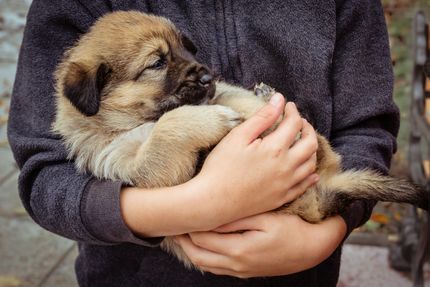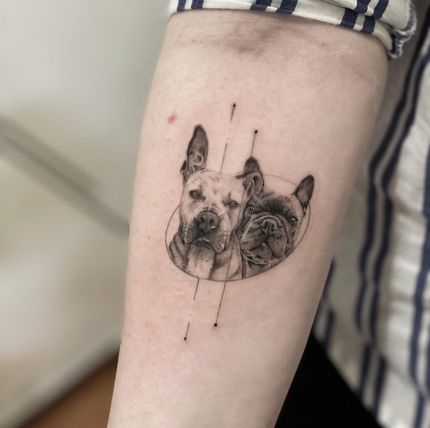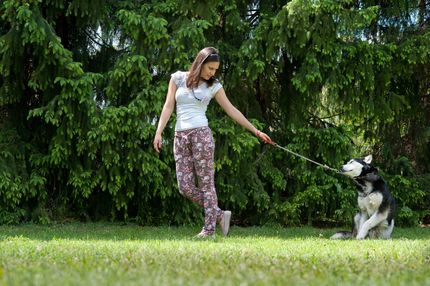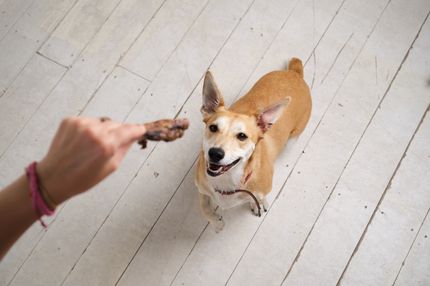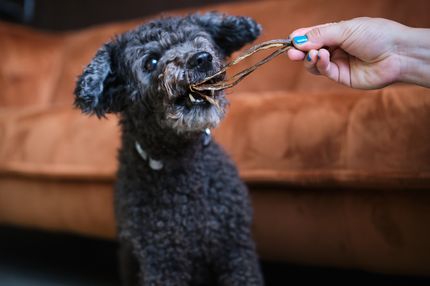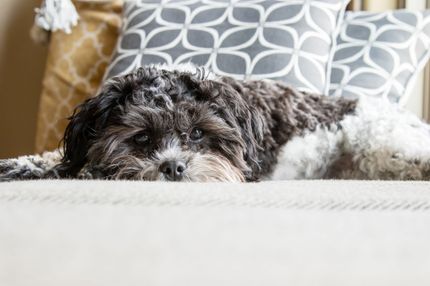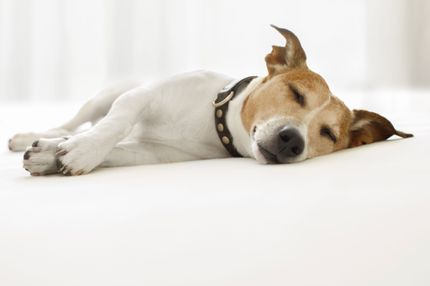Herniated disc in dogs - prevent and detect disc problems.
Today on the dog blog you will learn all about the intervertebral disc, herniated disc dog and other important things to make it easier to diagnose and prevent / recognize.
The task of the intervertebral discs
Among other things, the intervertebral discs serve to protect the spine by absorbing shocks. In addition, they are responsible for the mobility of the spine. Your dog's spine consists of numerous vertebrae. To prevent the individual vertebrae from rubbing against each other, intervertebral discs lie between them and protect the vertebrae during every movement. In each intervertebral disc, a gelatinous core prevents the vertebral bodies from wearing out and serves as a shock absorber in the event of vibrations and jolts.
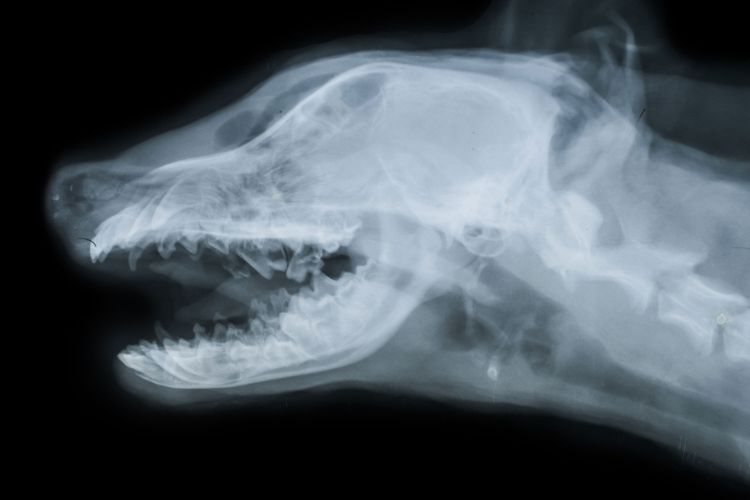
The structure of the intervertebral disc
An intervertebral disc (Discus intervertebralis) has an outer ring of cartilaginous tissue and a core of gelatinous mass. This, together with the muscles and joints, enables it to stretch, extend and bend in various directions. But intervertebral discs not only allow movement, they also need it to remain elastic. The gelatinous core of the disc can absorb water from the surrounding tissues during movement, which in turn keeps the discs supple and nourished.
If your dog has too little movement, then the intervertebral discs soon lack the necessary water to fulfill their task as a buffer, but also to be supplied with the nutrients dissolved in the water.
Basics and causes of herniated discs
How can a slipped disc occur in dogs?
If the fibrous cartilage ring that surrounds the gelatinous core becomes brittle due to poor supply and can no longer withstand the stress, this has consequences. At the weakest point of the fibrous ring, the gelatinous core bulges outwards and presses on nerves, blood vessels supplying the nerves or the spinal cord. Such a herniated disc (disc prolapse) can have other causes besides the lack of nutrients due to lack of exercise: Even with a general nutrient deficiency in the dog, the nutrients required by the intervertebral discs are of course also lacking, which can lead to an undersupply of the intervertebral discs.
Anatomical peculiarities of some dog breeds also play a role in the occurrence of a herniated disc.
Symptoms and diagnosis of a slipped disc
The following symptoms indicate a more or less pronounced herniated disc in your dog:
- Even with an incomplete herniation, where the gelatinous nucleus is not leaking but the ring itself is pressing on the nerves, your dog will be in a lot of pain. Depending on the location of the herniated disc, he will show either weakness and guarded posture of one or both hind legs.
- If the herniation is more in the cervical spine, your dog will show severe pain just by putting on the collar.
- If the herniation is complete, there will be paralysis of the hind legs, rarely the front legs.
Your dog can no longer stand up. Depending on the location of the prolapse, there may also be loss of bladder and anus control and your dog may no longer be able to hold feces and urine.
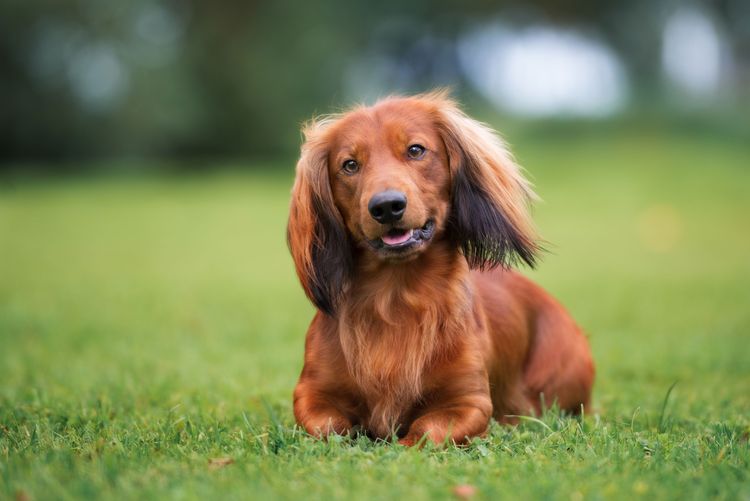
In principle, any dog can develop a herniated disc under unfavorable conditions. Nevertheless, there are some dog breeds that have an increased risk of disc prolapse due to their physique. Especially dogs with short legs and long backs, such as Dachshunds, Bassets and Cocker Spaniels, are often affected by the so-called Dachshund lameness. Already because of the clear symptoms you can guess whether your dog has a herniated disc.
However, to diagnose dachshund paralysis with certainty, your vet should take an x-ray. Neurological diseases in dogs can cause similar symptoms, these and other causes should be ruled out.
Therapy and prevention of herniated discs
Excess weight, climbing stairs and lack of exercise should be avoided at all costs, especially in small dogs, in order to prevent a herniated disc. However, a disc prolapse cannot be prevented in every case.
Both in naturopathy and in conventional medical treatment, pain and anti-inflammatory drugs are primarily used. In the beginning, absolute rest is essential. Nevertheless, physiotherapy should be started early on so that your dog slowly builds up muscles and regains mobility.
Often this is a long road to recovery, but with a friend by your side no road is too long...


































